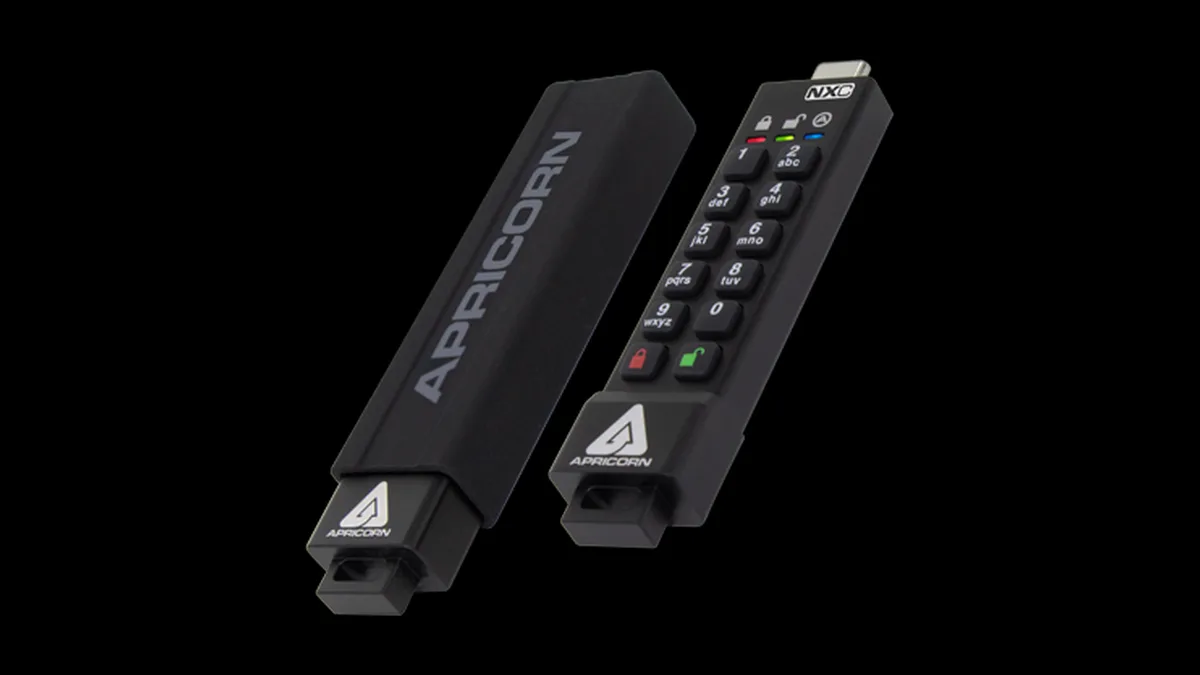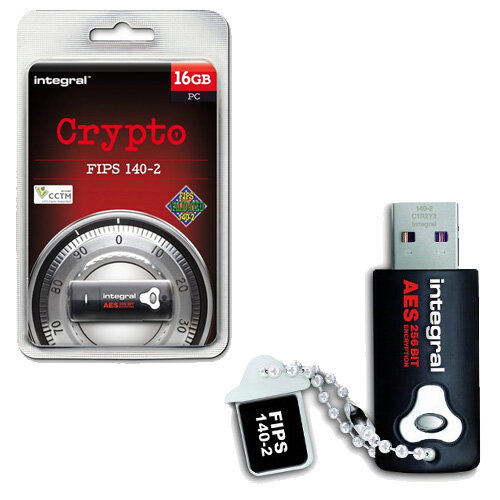
On the next screen, select the Standard VeraCrypt Volume. Select ‘Encrypt a non-system partition/drive’ from the VeraCrypt Volume Creation Wizard.

Once the new volume has been created, the existing (un-encrypted) files can then be moved into the encrypted volume/location for protection.įor the moment, we will assume that you are starting with a fresh USB drive (or have temporarily moved your files to another location, while you format and encrypt your entire USB drive) as this is the most usual method. If your USB drive is already formatted and contains existing data files, the Volume Creation Wizard can create an encrypted file ‘container’ on the USB drive, which will be in addition to any un-encrypted files. Once installed, launch the VeraCrypt software application and click on Create Volume to start the VeraCrypt Volume Creation Wizard. The following guide is performed using Windows 10, but the principles, procedures and interface are almost identical for MacOSX, Linux, FreeBSD and Raspbian.įirst, download and install the latest version of Veracrypt software for your operating system from here: The software is widely recognised as being stronger and more flexible than most native encryption software, and is fully cross-compatible with the major Operating Systems such as Windows, MacOSX, Linux, FreeBSD, Raspbian, Android (using ) and iOS (using ). One of the most popular encryption software available is called Veracrypt. For more important documents such as office work or sensitive information, encrypting the USB drive, with secure software and a password, is purely common sense. If the USB stick is lost or stolen, the data is protected and cannot be accessed by anyone else.


Protecting your personal data on USB memory sticks is incredibly important, even if it’s only photo’s or videos!


 0 kommentar(er)
0 kommentar(er)
